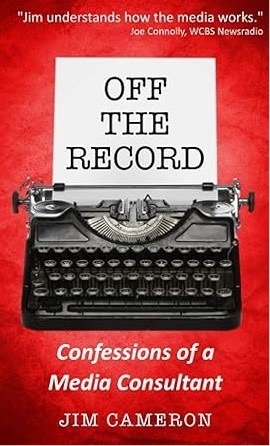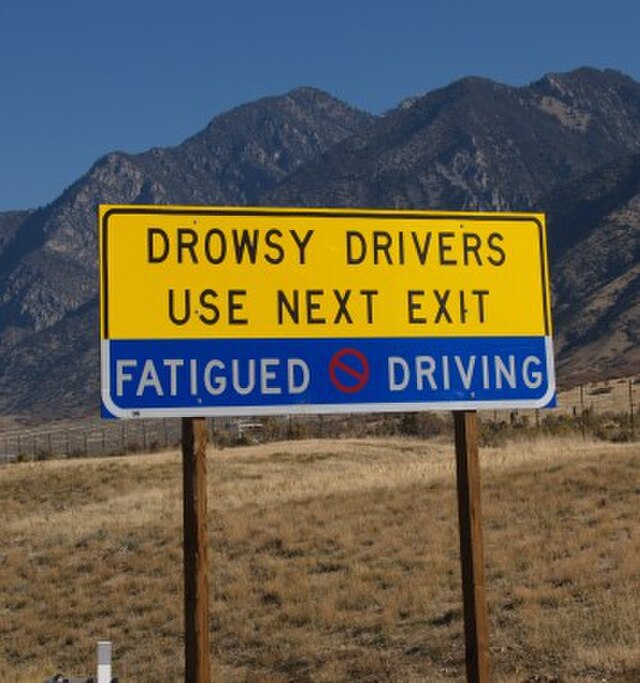Talking Transportation
By Jim Cameron
President
CAMERON COMMUNICATIONS INC
Author: Off The Record: Confessions of a Media Consultant
In my college days I did some strange stuff… like driving all night from Chicago to NYC, hitting 75 mph on Interstate 80, just me and the trucks. I was so tired and did everything I knew to stay awake… open the windows, crank up the radio and keep on rolling. Pretty dangerous, but what did I know?
Now, being older and wiser, I realize that as many as 100,000 auto accidents each year are tied to drowsy driving, Those crashes are tied to 1500+ deaths and 71,000 injuries. Nodding off behind the wheel is a serious issue.
Our circadian rhythms mean we have times when we’re ready for the demands of driving and others times when we’re not. Nighttime, logically, is when our bodies most want us to sleep.
Is it by chance that many of the recent wrong-way crashes on our parkways and interstates have occurred in the wee hours of the morning?
But if you’re a “morning person” you should also know that we have an afternoon lull between one and five PM when our body wants to nap, our temperature dips and we’re again at risk of causing an accident.
Coffee will help, right? Well, caffeine can keep you alert but it takes about a half-hour to kick in and the effect only lasts two or three hours. Even quaffing a Red Bull (80 mg of caffeine in a can) can’t prevent you nodding off for “micro sleeps” of a few seconds. At 65 mph, that’s long enough to travel 100 yards.
The AAA’s research shows that almost half of those drivers involved in crashes said they didn’t feel drowsy, even though they were.
So, be honest: have you ever fallen asleep behind the wheel, even for a few seconds? The AAA’s research shows that 41% of respondents admitted to nodding off sometime in their driving career and a quarter of them said it happened to them in the last month.
Alcohol, prescription (and illicit) drugs only make things worse. So too do changing shift work and disorders like sleep apnea (both tied to the deadly Metro-North derailment at Spuyten Duyvil in 2013).
Driving, especially at high speed, requires our full attention, so here are some tips for your next road trip:
- Don’t drive if you’re feeling sleepy.
- Travel with a passenger. They can alert you if you’re showing signs of nodding off (drifting, tailgating, missing your exit) and can take turns behind the wheel.
- Schedule a rest break every 100 miles. Driving a max of 500 miles a day is asking a lot from your body and brain.
- Try taking a 20 minute “power nap” in a safe location.
Take care of yourself, and here’s hoping your next road trip is a safe one.

So you think witty soundbites come naturally to slick corporate executives appearing on TV? Jim Cameron’s funny and insightful tales about his 40 years as a news reporter, media trainer and public relations consultant pulls back the curtain on public relations tricks and techniques. You’ll get the inside story on how Jim Cameron prepares spokespersons to match wits with skeptical reporters on television, radio, newspapers and online. Readers in the business of influencing the news media will receive a healthy portion of sage media advice along with tasty tidbits of backroom drama, hardball negotiations, creative sleight-of-hand, and a little humble pie. Consumers of the media will learn to tell the difference between well trained PR spokespersons and arrogant interviewees who learn the hard way not to wing it with an experienced journalist.
Jim Cameron is founder of the Commuter Action Group and advocates for Connecticut rail riders. His weekly column “Talking Transportation” is archived here. You can contact Jim at CommuterActionGroup@gmail.com.

